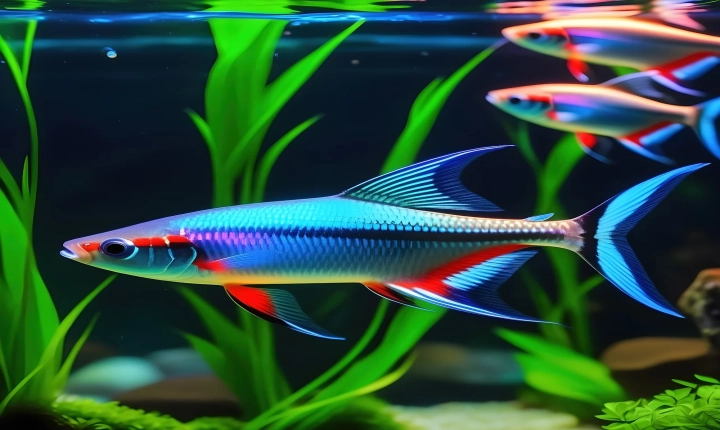Title: How to Use AI to Create NFTs: A Beginner’s Guide
As the digital art market continues to boom, non-fungible tokens (NFTs) have taken the art world by storm. NFTs are unique digital assets that represent ownership or proof of authenticity of a specific piece of digital content, such as artwork, music, videos, and more. With the integration of artificial intelligence (AI) technology, creating NFTs has become more accessible and innovative than ever before. In this article, we will explore how to leverage AI to create NFTs, providing a beginner’s guide to this exciting intersection of art and technology.
The first step in utilizing AI for creating NFTs is generating unique and original digital content. AI can be employed to produce digital artwork, music, or other forms of creative content through various techniques such as generative adversarial networks (GANs) and neural style transfer. GANs, for example, can be used to generate new and unique art pieces by pitting two neural networks against each other – one generating content and the other critiquing it until the result is an original and compelling piece of art.
After generating the digital content, the next step is to mint it as an NFT. Minting an NFT involves creating a token on a blockchain network that represents the digital asset, providing proof of ownership and a secure record of transaction history. AI-powered platforms and tools can streamline this process, allowing artists to easily upload their digital content, set the terms of their NFTs, and mint them on compatible blockchain networks.
One of the key advantages of using AI to create NFTs is the ability to imbue digital content with unique and dynamic features. AI can be utilized to add interactive elements, personalized experiences, or even evolving traits to NFTs, making them more engaging and valuable for collectors. For instance, AI can enable dynamic generative art that evolves over time based on user interaction or real-world data, offering a new level of interactivity and rarity to NFTs.
Furthermore, AI can be leveraged to analyze and verify the authenticity of digital content, addressing concerns about copyright infringement and ensuring the provenance of NFTs. By employing AI algorithms for content verification and digital fingerprinting, creators can provide potential buyers with a higher level of confidence in the authenticity and originality of their NFTs.
In addition to creating NFTs, AI can also be used to personalize and tailor the curation and recommendation of NFT collections to individual collectors. For example, AI-based recommendation systems can analyze a collector’s preferences and behaviors, providing them with personalized suggestions for NFT acquisitions based on their tastes and interests.
Finally, AI can play a critical role in addressing the environmental impact of NFTs, particularly through the use of energy-efficient blockchain networks and carbon offset initiatives. By employing AI algorithms for optimizing blockchain operations and energy consumption, the NFT community can work toward mitigating the environmental concerns associated with energy-intensive blockchain technologies.
In conclusion, the integration of AI technology into the creation and management of NFTs offers an exciting frontier for digital artists and collectors alike. From generating original digital content to minting NFTs, enhancing interactivity, ensuring authenticity, and optimizing environmental sustainability, AI has the potential to revolutionize the NFT space. As the technology continues to evolve, the opportunities for AI-driven innovation in the NFT ecosystem will undoubtedly expand, fostering new forms of creativity and value in the digital art market.
